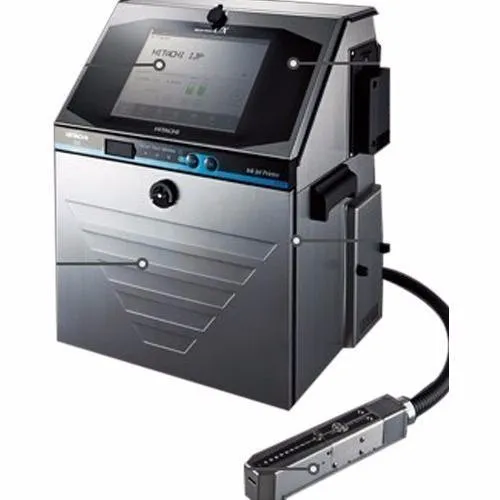Decoding the Mechanics of Industrial Printing Machines: From Design to Operation

Overview
In the dynamic landscape of modern manufacturing, industrial printing machines stand as versatile workhorses, facilitating the seamless transfer of designs onto various substrates with precision and efficiency. This comprehensive guide delves into the sophisticated mechanisms and operational principles behind these indispensable machines, shedding light on their pivotal role in diverse industries.
Understanding Industrial Printing Machines:
What are Industrial Printing Machines?
Industrial printing machines are sophisticated devices designed to transfer images, text, or graphics onto substrates such as paper, plastic, metal, or fabric. These machines utilize various printing technologies and mechanisms to achieve high-quality prints for a wide range of applications, from packaging and labeling to textiles and signage.
Working Principles of Industrial Printing Machines
- Inkjet Printing: Inkjet printing technology is commonly used in industrial printing machines for its versatility and precision. These machines eject tiny droplets of ink onto the substrate, guided by digital instructions to recreate the desired image or text with exceptional detail and accuracy.
- Laser Printing: Laser printing utilizes laser beams to create static charges on a photosensitive drum, attracting toner particles that are then transferred onto the substrate and fused using heat. This technology excels in producing high-speed prints with sharp text and graphics, making it ideal for commercial and industrial applications.
- Flexographic Printing: Flexographic printing machines use flexible relief plates to transfer ink onto substrates. The plates are mounted on rotating cylinders, allowing for continuous printing of large quantities with consistent quality. Flexographic printing is widely employed in packaging and label production due to its speed and cost-effectiveness.
- Screen Printing: Screen printing involves the use of a mesh stencil to transfer ink onto the substrate. Industrial screen printing machines utilize automated processes to achieve precise registration and consistent ink deposition, making them suitable for applications requiring vibrant colors and durable prints, such as textiles and signage.
Applications of Industrial Printing Machines:
Packaging and Labeling
Industrial printing machines play a crucial role in the packaging and labeling industry, enabling the customization of product packaging with branding, barcodes, and product information. These machines ensure consistency and compliance with regulatory requirements, enhancing product visibility and consumer engagement.
Textile Printing
In the textile industry, industrial printing machines are used to create intricate designs and patterns on fabrics for clothing, home furnishings, and promotional items. Whether it's dye-sublimation printing for sportswear or direct-to-garment printing for customized apparel, these machines offer versatility and efficiency in textile decoration.
Conclusion:
In conclusion, industrial printing machines epitomize the synergy of technology and creativity, empowering manufacturers to realize their vision with precision and efficiency. From packaging and labeling to textile printing and beyond, these versatile machines continue to redefine the boundaries of design and production, driving innovation and excellence in every sector they touch.
